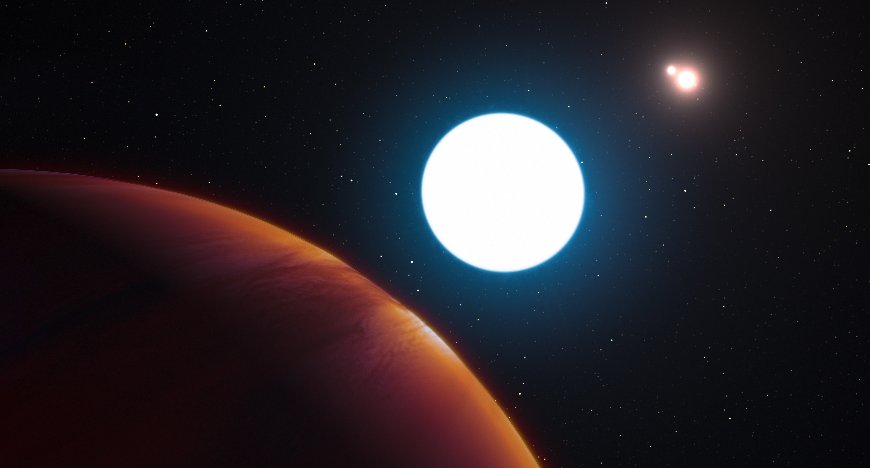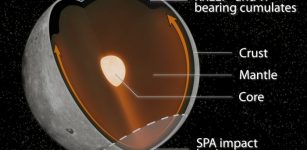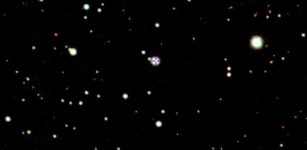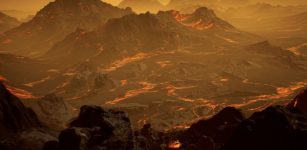Strange Gigantic Distant World HD 131399Ab With Three Suns
MessageToEagle.com – A team of astronomers led by the University of Arizona have discovered a planet HD 131399Ab, with three suns. The astronomers who used direct imaging say that the planet is unlike any other known world – one with, by far, the widest known orbit within a multi-star system.
This strange distant world has either constant daylight or triple sunrises and sunsets each day depending on the seasons (which last longer than human lifetimes).

The planet, HD 131399Ab is located about 340 light years from Earth in the constellation Centaurus, HD 131399Ab is believed to be about 16 million years old, making it one of the youngest exoplanets discovered to date.
With a temperature of 850 kelvins (about 1,070 F or 580 C) and weighing in at an estimated four Jupiter masses, it is also one of the coldest and least massive directly-imaged exoplanets.
“HD 131399Ab is one of the few exoplanets that have been directly imaged, and it’s the first one in such an interesting dynamical configuration,” said Daniel Apai, an assistant professor of Astronomy and Planetary Sciences at the University of Arizona said in a statement.
According to Kevin Wagner, who discovered HD 131399Ab, ‘for about half of the planet’s orbit, which lasts 550 Earth-years, three stars are visible in the sky, the fainter two always much closer together, and changing in apparent separation from the brightest star throughout the year.’
This artists impression shows the orbit of the planet in the triple-star system HD 131399. Two of the stars are close together and the third, brighter component is orbited by a gas giant planet named HD131399Ab. Credits: video courtesy European Southern Observatory/L. Calçada/M. Kornmesser
“For much of the planet’s year the stars appear close together, giving it a familiar night-side and day-side with a unique triple-sunset and sunrise each day. As the planet orbits and the stars grow farther apart each day, they reach a point where the setting of one coincides with the rising of the other – at which point the planet is in near-constant daytime for about one-quarter of its orbit, or roughly 140 Earth-years,” Wagner explained.
Astronomers propose the following scenario:
‘ At the center of the system lies a star estimated to be 80 percent more massive than the sun and dubbed HD 131399A, which itself is orbited by the two remaining stars, B and C, at about 300 AU (one AU equals the average distance between Earth and the sun). All the while, B and C twirl around each other like a spinning dumbbell, separated by a distance roughly equal to that between our sun and Saturn.
In this scenario, planet HD 131399Ab travels around the central star, A, in an orbit about twice as large as Pluto’s if compared to our solar system, and brings the planet to about one-third of the separation of the stars themselves.
“If the planet was further away from the most massive star in the system, it would be kicked out of the system,” Apai explained. “Our computer simulations showed that this type of orbit can be stable, but if you change things around just a little bit, it can become unstable very quickly.”
“It is not clear how this planet ended up on its wide orbit in this extreme system, and we can’t say yet what this means for our broader understanding of the types of planetary systems out there, but it shows there is more variety out there than many would have deemed possible,” Wagner said. “What we do know is that planets in multi-star systems are much less explored, and potentially just as numerous as planets in single-star systems.”
The planet was discovered with SPHERE instrument installed on the Very Large Telescope operated by the European Southern Observatory on Cerro Paranal in the Atacama Desert of northern Chile.
MessageToEagle.com










